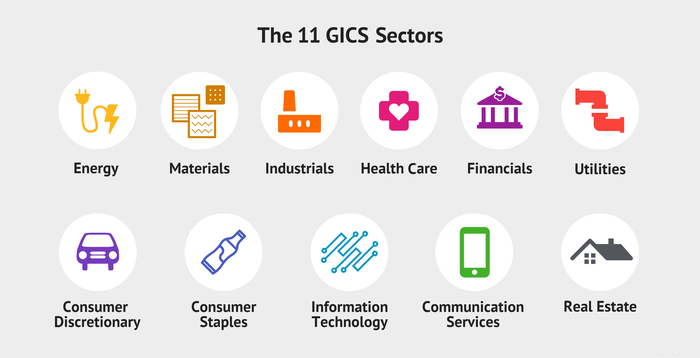NAICS is a newer North American standard used by Federal agencies, such as the IRS, in classifying business establishments for the purpose of collecting, analyzing, and publishing statistical data related to the North American economy.
The NAICS, updated as NAICS version [2012], was developed under the auspices of the U.S. Office of Management and Budget (OMB) to replace SIC [1987].
It was developed jointly by the OMB, Canada and Mexico to allow for a high level of comparability in business statistics among the North American countries.
It was first published as NAICS [1997], and was then updated every five years as NAICS [2002], [2007], ..., and [2012].
In the NAICS methodology, the number of digits (2-6) in the Code indicates the classification hierarchy tier, as follows:
| NAICS Tiers: | Sectors | Subsectors | Industry Groups | Industries | Businesses | Products |
|---|
| Codes: | 2 digits | 3 digits | 4 digits | 5 or 6 digits | – | – |
|---|
Totals: [2012]
[2007] | 24
24 | 99
99 | 312
313 | 713 or 1,065
721 or 1,175 | — 19,255 —
— 19,720 — |
To make SIC and NAICS usage interoperable, SEC Info cross-references SIC [1987] with NAICS [2012] and presents both standards herein,
mapping each SIC Code and NAICS Code to one or more of its counterparts.
As used in Financial Reporting, see “Industry... [omb] (naics)” in Standard xbrl Taxonomies used in SEC Filings. |
